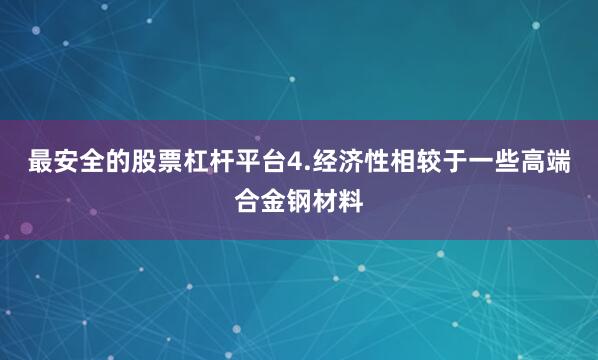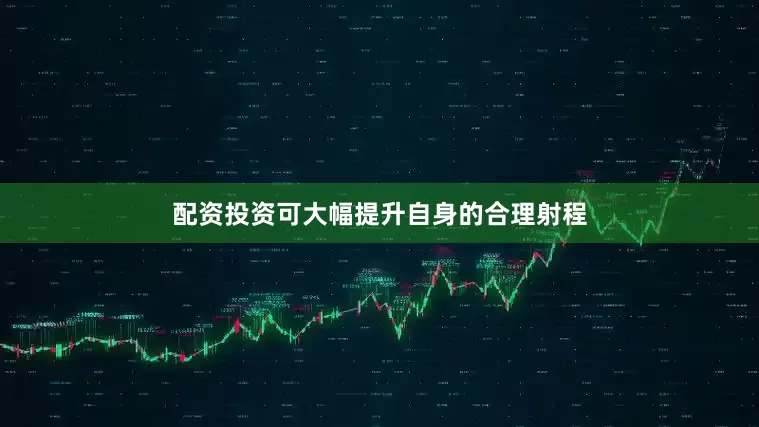

尽管以色列自身的数据显示情况并非如此,但亲以帖文仍以少数咖啡馆为例,声称200万人并未遭受饥饿。
以色列总理本雅明·内塔尼亚胡及其支持者多次辩称,加沙地带并不存在饥荒;即便存在饥饿问题,责任也在于被其指控窃取援助物资的哈马斯,或是联合国。
以色列第12频道首席政治记者阿米特·西格尔(Amit Segal)近日接受《纽约客》采访时表示,他认为加沙并不存在饥饿问题。以色列驻纽约总领事称,加沙地带“不存在蓄意制造的饥荒,只有哈马斯精心策划的虚假信息宣传”。
社交媒体还助长了关于加沙饥荒的不实信息传播,一些咖啡馆的照片和视频被当作当地不存在饥荒的证据。
一位拥有超过40万订阅者的以色列YouTube创作者发布了一段标题为《2025之夏(种族灭绝从未如此美味)》的视频,该视频通过展示加沙城内几家小咖啡馆的存在,试图反驳当地存在食物短缺的说法。
但以色列政府数据清楚表明,加沙正陷入饥荒。联合国支持的食物安全专家表示,加沙目前正经历“最坏情况”的饥荒。就连内塔尼亚胡的最大盟友唐纳德·特朗普也承认,该地区存在“真正的饥饿”问题。
尽管已有这些结论,亲以色列人士仍持续质疑营养不良儿童图像的真实性。美国媒体人梅根·凯利在接受皮尔斯·摩根采访时,将这些图像斥为『经过篡改』,并声称哈马斯以及『坦白说许多巴勒斯坦人』是『宣传大师,只要能把孩子拍进镜头,他们甚至乐意让自家孩子挨饿』。
这类态度在加沙咖啡馆视频下方的评论中可见一斑,一条典型留言写道:"当反驳这些虚假说辞的证据唾手可得时,人们竟会如此轻易地被蒙蔽,狂热地相信加沙正发生‘种族灭绝’和‘饥荒’,实在令人难以置信。"
据HopeHub联合创始人萨拉赫·艾哈迈德(Salah Ahmad)透露,尽管加沙地带仍有少数咖啡馆营业(包括视频中出现的一些咖啡馆),但由于物价飞涨和关键食材短缺,这些咖啡馆的运营能力受到严重限制。HopeHub是一个在该地区咖啡馆内为远程工作者和学生创建共享办公空间的组织。
艾哈迈德表示,基本食材难以获取,价格每日剧烈波动:一公斤面粉可能今天售价12美元,次日就涨到40美元。因此,这些咖啡馆仅能提供的少量小吃通常价格极其昂贵。
艾哈迈德表示:“当你看到一家小咖啡店或咖啡馆以高价出售饮品或蛋糕时,这并不能真实反映加沙大多数人的生活现状。很多时候,这只是小本经营。店主们不过是为了生存,并带着尊严养家糊口。”
艾哈迈德表示,视频中出现的五家咖啡馆中,一家因物资耗尽目前尚未营业,一家称在因缺货停业数周后即将重新开张,还有一家则表示已停止供应餐食。
艾哈迈德表示,加沙地带的咖啡馆即使不提供食物也经常营业,因为它们通过太阳能电池板提供网络连接和电力。HopeHub目前仍在运营两家由咖啡馆改造的共享办公空间——一家位于汗尤尼斯,另一家在代尔巴拉赫。
更令人困惑的是,部分咖啡馆仍在发布停业前的照片和视频。已停业数周的滨田冰淇淋店(Hamada Ice Cream shop)最近发布了一段精选视频,展示该店曾经供应的糕点、蛋糕和饮品。
视频的阿拉伯语字幕写道:"我和200万加沙人民正等待着这一刻——主啊,祈求你让一切变得容易,让这些日子平安度过。"
艾哈迈德表示,少数仍在营业的咖啡馆显然无法满足加沙全体居民的需求。他说:“眼下加沙大多数人生活贫困,正为生存苦苦挣扎。”
他提到,那些仍会去咖啡馆的人“可能是仍从国际组织领取薪水的雇员、远程工作者或记者”。他们紧握希望,固守熟悉的日常,试图与记忆中更美好的加沙保持联结。对他们而言,外出喝咖啡并非奢侈享受,而是为了保持生而为人的尊严。
Pro-Israel posts point to a handful of cafes to claim 2 million people are not suffering hunger C despite Israels own data
I sraels prime minister, Benjamin Netanyahu, and his supporters have variously argued that there is no starvation in Gaza, or that if there is hunger it is the fault of Hamas C who they accuse of stealing aid C or the United Nations.
In a recent interview with the New Yorker, Amit Segal , the chief political correspondent for Israels Channel 12, said he did not believe there was hunger in Gaza. Israels consul general in New York said that there was no deliberate starvation in Gaza, only a deliberate disinformation campaign orchestrated by Hamas.
Social media has also helped spread misinformation about hunger in Gaza, with photographs and video of cafes being presented as evidence that there is no famine.
One Israeli creator on YouTube with more than 400,000 subscribers posted a video entitled Summer 2025 (Genocide Never Tasted So Good), which highlights the existence of several small cafes in Gaza City in an attempt to disprove the existence of food shortages.
But Israeli government data clearly shows that it is starving Gaza . UN-backed food security experts said that Gaza is currently experiencing a worst-case scenario famine. Even Netanyahus biggest ally, Donald Trump, has said there is real starvation in the territory.
Despite such conclusions, pro-Israeli figures have continued to cast doubt on the veracity of images of malnourished children. In an interview with Piers Morgan, the US media personality Megyn Kelly dismissed such images as having been manipulated, before claiming that Hamas and frankly a lot of Palestinians are masters of propaganda and theyre fine having their own children starve just as long as they can put them on camera.
Such attitudes are reflected in the comments under the Gaza cafes video, where a typical post reads: It is hard to imagine that people can be so easily fooled into passionately believing the genocide and famine in Gaza when evidence against such false narratives is so readily available.
But while a small number of cafes are open in Gaza C including some of those in the video C they are operating in a severely limited capacity due to spiralling prices and scarcity of key ingredients, according to Salah Ahmad, the co-founder of HopeHub , an organization that created co-working spaces for remote workers and students in cafes across the territory.
Basic ingredients are hard to obtain, and prices fluctuate wildly from day to day: a kilo of flour can cost $12 one day, and $40 the next. Consequently, the small array of snacks these cafes are able to still offer are usually extremely expensive, Ahmad said.
When you see a small coffee shop or cafe selling drinks or cakes at high prices, it does not truly reflect the reality most people in Gaza are living, Ahmad said. In many cases, it is just a small business. The owners are simply trying to survive and feed their families with a sense of dignity.
Of the five cafes in the video, one was not currently open because they ran out of supplies, one said it was reopening after being shut down for several weeks because there were no supplies, and another said it was no longer selling food, Ahmad said.
Often, cafes in Gaza remain open even when they do not offer food, as they provide internet connections and electricity from solar panels, Ahmad said. HopeHub is still operating two co-working spaces out of cafes C one in Khan Younis and one in Deir al-Balah.
Further confusion has been created by the fact that some of the cafes are posting pictures and videos from before they closed down on. Hamada Ice Cream shop, which has not been open for weeks, recently posted a highlight reel of the pastries, cakes and drinks the cafe once served.
Me and 2 million Gazans are waiting for this moment Oh God, make things easy and these days pass safely, O Lord, reads the videos Arabic caption.
The few cafes that are open are obviously not able to serve Gazas entire population, Ahmad said. Most people in Gaza right now are poor and trying to survive, he said.
Those who do go to the cafes might be employees who still receive salaries from international organizations, remote workers, or journalists, he said. They are holding on to hope, clinging to familiar routines, trying to stay connected to their memories of a more beautiful Gaza. For them, going out for a coffee is not about luxury. It is about staying human.
正规的配资平台有哪些提示:文章来自网络,不代表本站观点。







